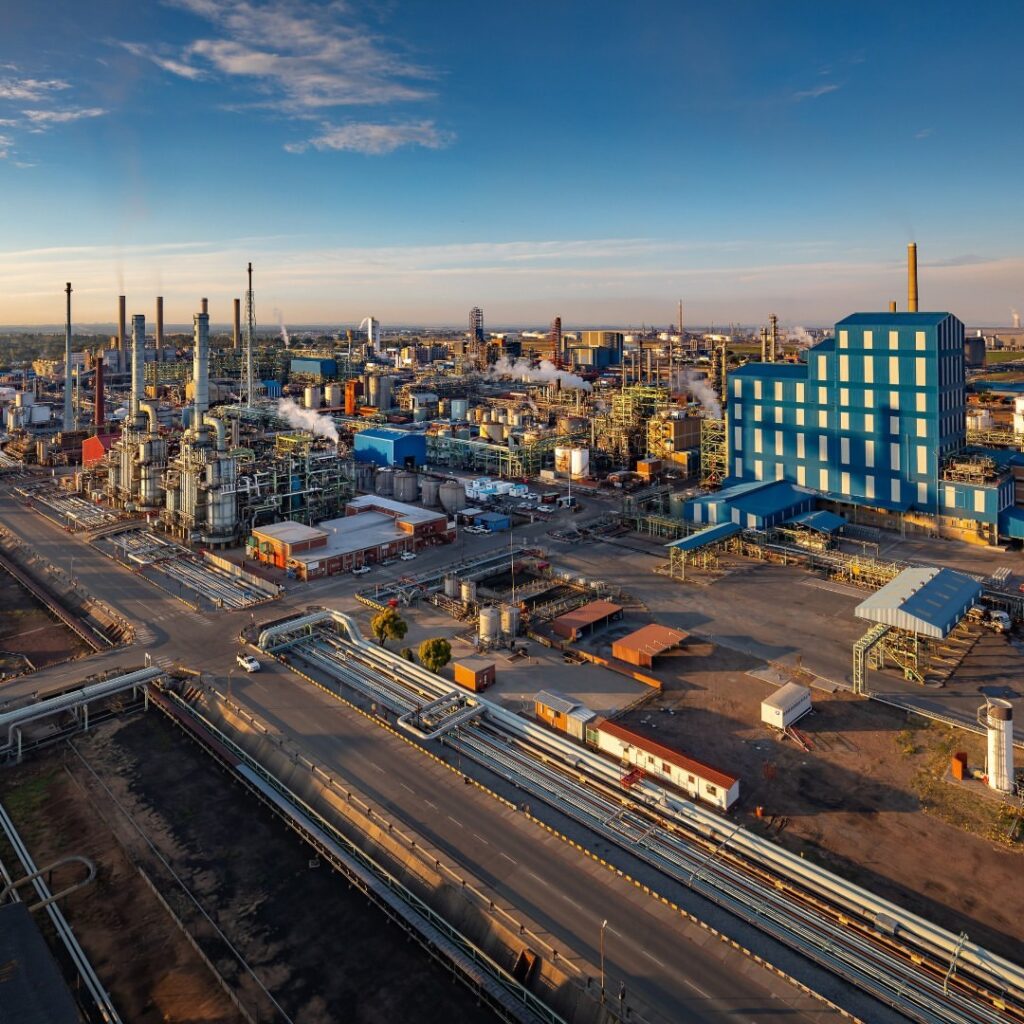Sasol’s Rise: How It Became a Global Leader in Chemicals and Energy

Sasol’s Rise: How It Became a Global Leader in Chemicals and Energy. Sasol, a South African multinational energy and chemical company, has grown from a pioneering domestic operation into a globally recognized industry leader. Established in 1950, the company has played a significant role in transforming the energy and chemical sectors through innovation, strategic expansion, and resilience. This article explores the journey of Sasol, highlighting key strategies, milestones, and challenges that contributed to its success, offering valuable insights for entrepreneurs looking to build and sustain their own ventures.
The Foundation: A Bold Vision in Energy
Sasol was founded in 1950 as part of South Africa’s efforts to develop energy independence by producing synthetic fuels from coal. Inspired by Germany’s coal-to-liquid (CTL) technology, the South African government supported Sasol’s establishment to reduce reliance on imported oil. By 1955, Sasol successfully produced its first synthetic fuel, marking a crucial milestone for the company and the country’s energy sector.

Innovation as a Growth Engine
Sasol’s commitment to innovation has been one of its greatest strengths. Over the decades, the company has expanded its technological capabilities, refining the Fischer-Tropsch process to improve fuel and chemical production efficiency. This continuous drive for advancement has positioned Sasol as a leader in CTL and gas-to-liquid (GTL) technologies, enabling it to establish operations in key global markets, including the United States, Europe, and Asia.
Expansion and Diversification
Recognizing the importance of diversification, Sasol ventured beyond fuel production into the chemicals industry. By leveraging its expertise in synthetic fuel processes, the company developed a strong portfolio of chemical products used in industries ranging from agriculture and pharmaceuticals to manufacturing and consumer goods. This strategic expansion helped Sasol mitigate risks associated with oil price volatility and geopolitical uncertainties.
Sasol’s major international breakthrough came in the early 2000s when it expanded into natural gas processing and GTL projects. The launch of the Oryx GTL plant in Qatar in 2007 was a significant milestone, demonstrating Sasol’s ability to execute large-scale projects on a global scale. This success was followed by further investments in the United States, where Sasol established a world-class ethane cracker and derivatives complex in Louisiana.

Overcoming Challenges and Adapting to Market Shifts
Despite its achievements, Sasol has faced significant challenges, including fluctuating oil prices, operational complexities, and financial pressures. The company encountered difficulties in its Lake Charles Chemicals Project (LCCP) in the U.S., which experienced cost overruns and delays, impacting investor confidence. However, Sasol responded by restructuring its operations, streamlining costs, and prioritizing core businesses to restore financial stability.
The shift toward sustainability and clean energy also presented a challenge and an opportunity for Sasol. Recognizing the global transition to low-carbon solutions, the company has committed to reducing its carbon footprint by investing in renewable energy projects, green hydrogen initiatives, and carbon capture technologies. This proactive approach positions Sasol for long-term relevance in the evolving energy landscape.
Lessons for Entrepreneurs
- Innovation Drives Long-Term Success – Sasol’s commitment to research and technological development has kept it at the forefront of its industry. Entrepreneurs should continuously seek ways to innovate and improve their offerings.
- Diversification Enhances Stability – Expanding into chemicals allowed Sasol to reduce its dependency on fuel markets. Businesses should explore complementary revenue streams to remain resilient in changing economic conditions.
- Global Expansion Requires Strategic Planning – Sasol’s international growth was carefully executed through technological expertise and market-driven investments. Entrepreneurs looking to scale should assess market potential, risks, and long-term feasibility.
- Resilience in the Face of Challenges – From financial hurdles to operational setbacks, Sasol has demonstrated adaptability. Entrepreneurs should anticipate challenges and develop contingency plans to navigate uncertainties.
- Sustainability is the Future – Sasol’s transition toward cleaner energy highlights the importance of adapting to industry shifts. Businesses that incorporate sustainable practices are more likely to thrive in the future economy.

The Future: A Sustainable Growth Strategy
As Sasol continues to evolve, sustainability and digital transformation will be key focus areas. The company is investing in alternative energy sources, reducing emissions, and embracing digital technologies to enhance efficiency. With a rich history of resilience and innovation, Sasol remains well-positioned to lead the energy and chemicals sector into the future.
Sasol’s journey provides a powerful example of how vision, adaptability, and strategic investment can transform a company from a national pioneer to a global industry leader. For entrepreneurs, its story serves as both inspiration and a practical guide to navigating growth, innovation, and long-term success.




